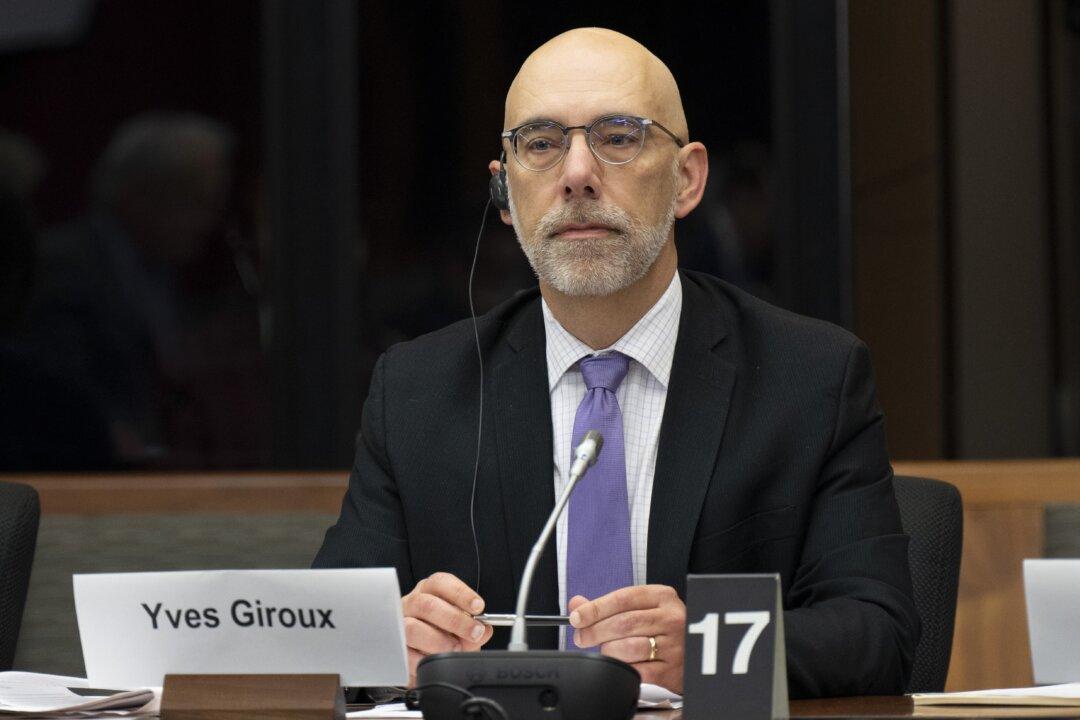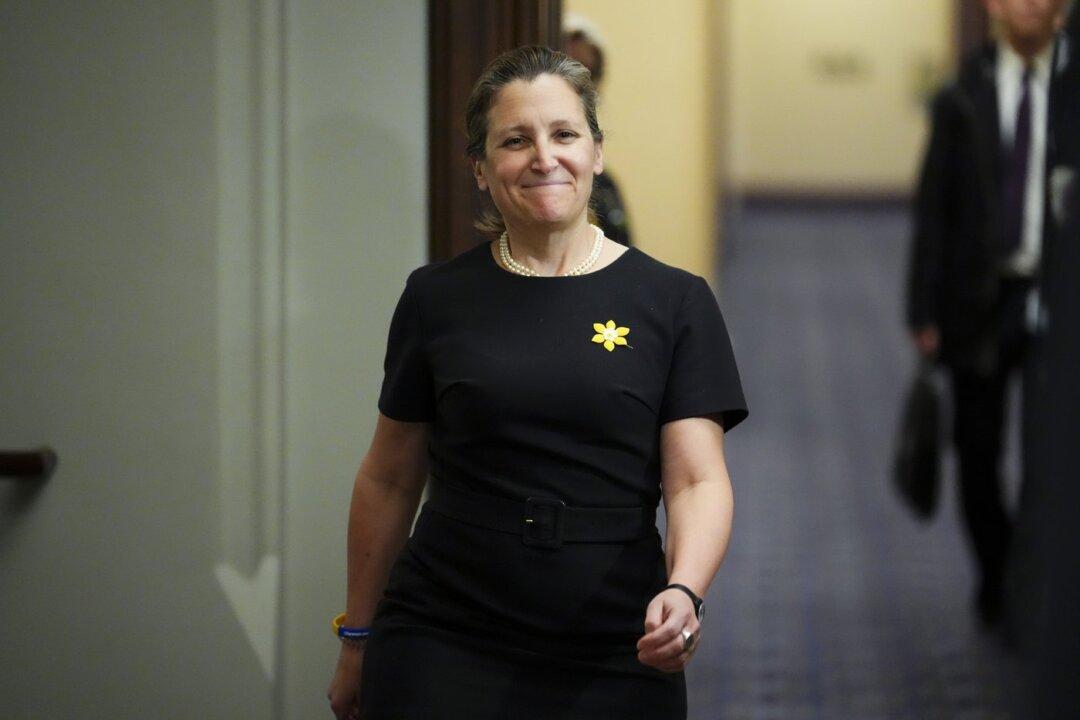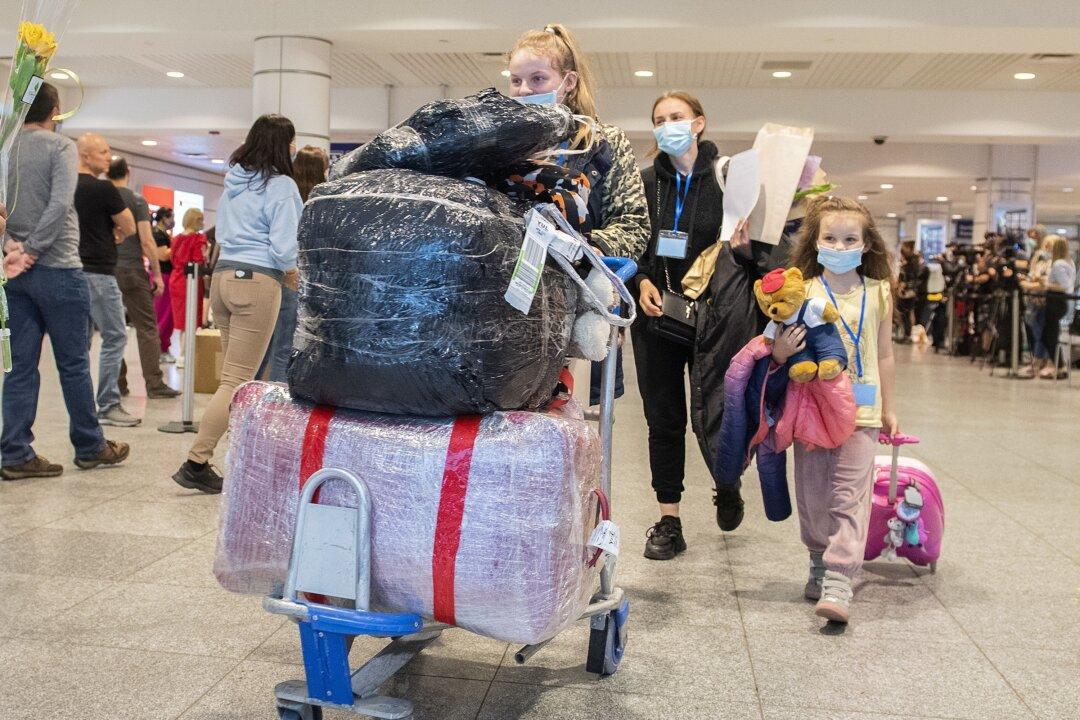The federal Department of Natural Resources says the government’s proposed “just transition” legislation won’t eliminate jobs—as critics has said seemed to be implied by an internal briefing document—but will instead create more jobs, according to a media report.
“The federal government’s approach to sustainable jobs is about creating jobs, not eliminating them,” department press secretary Keean Nembhard told CBC News on Jan. 17.





